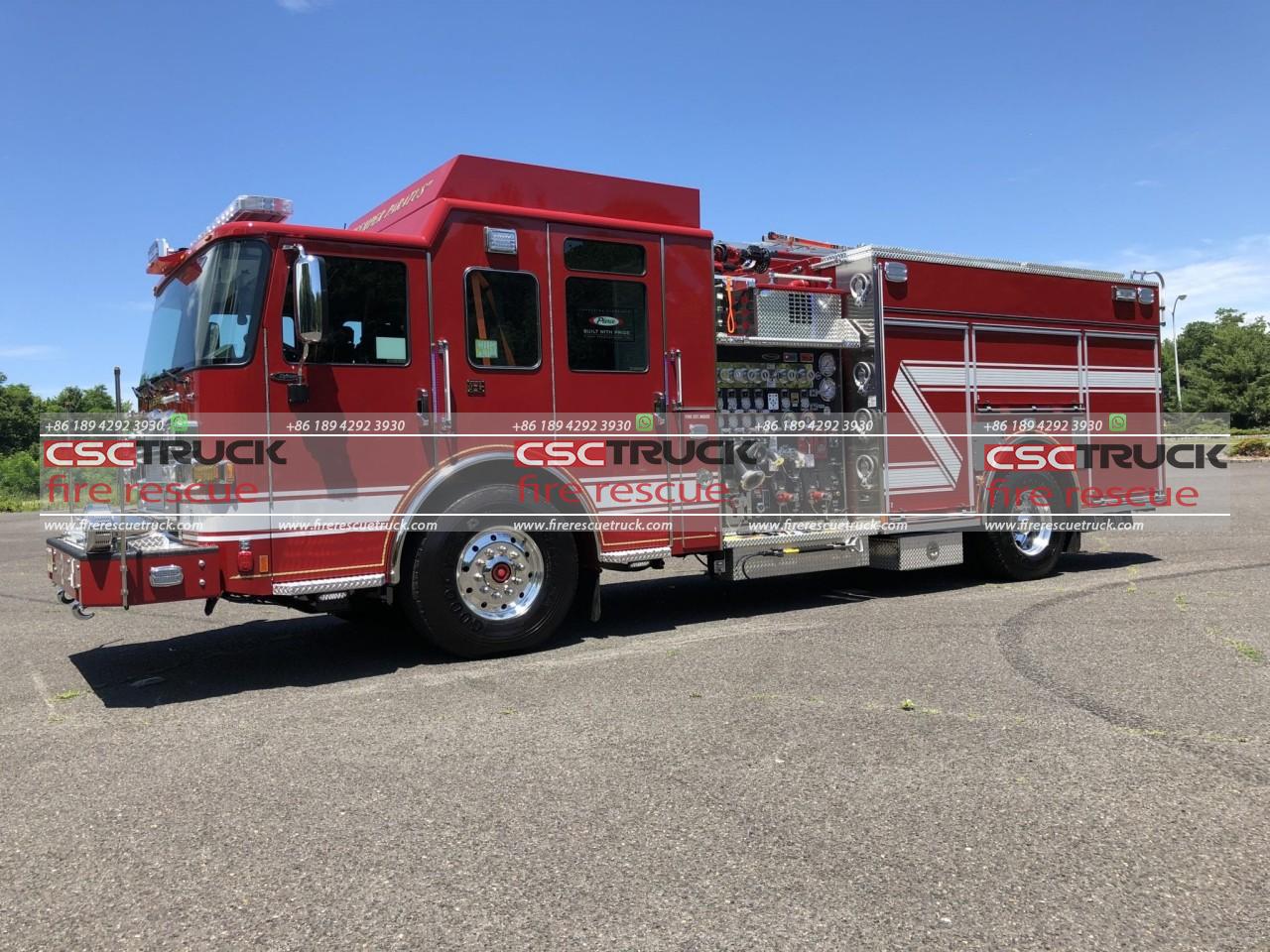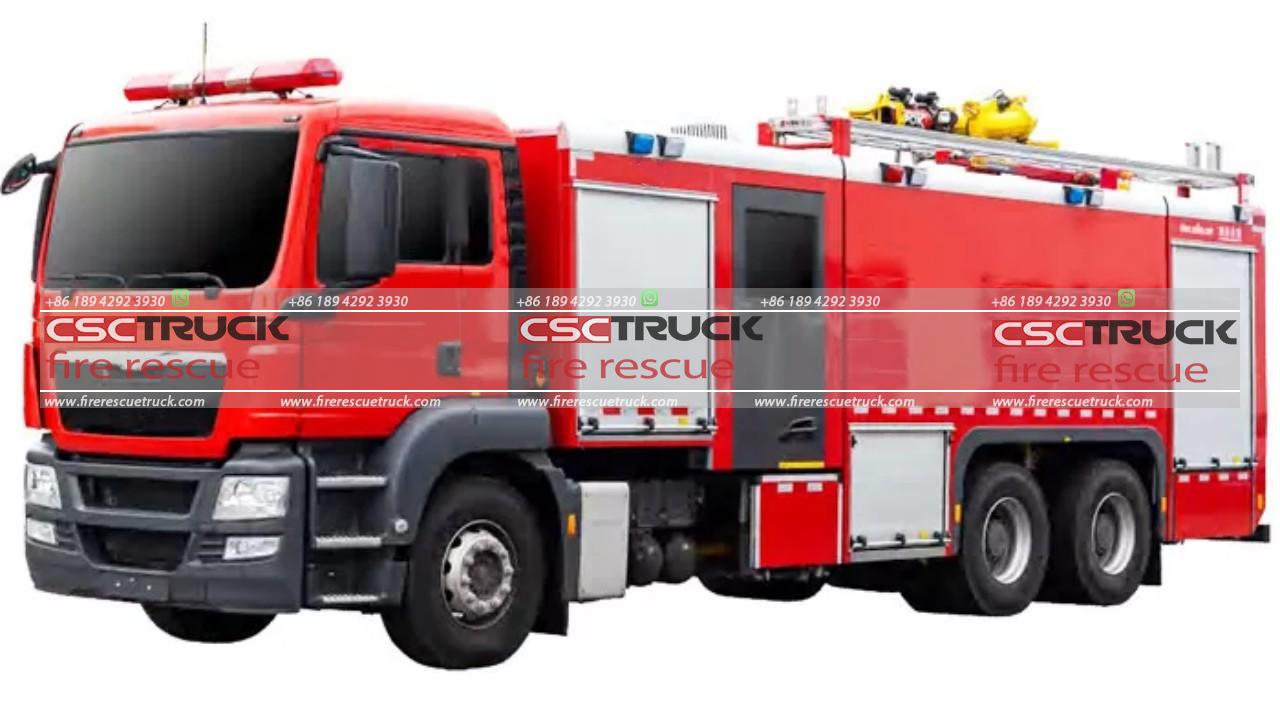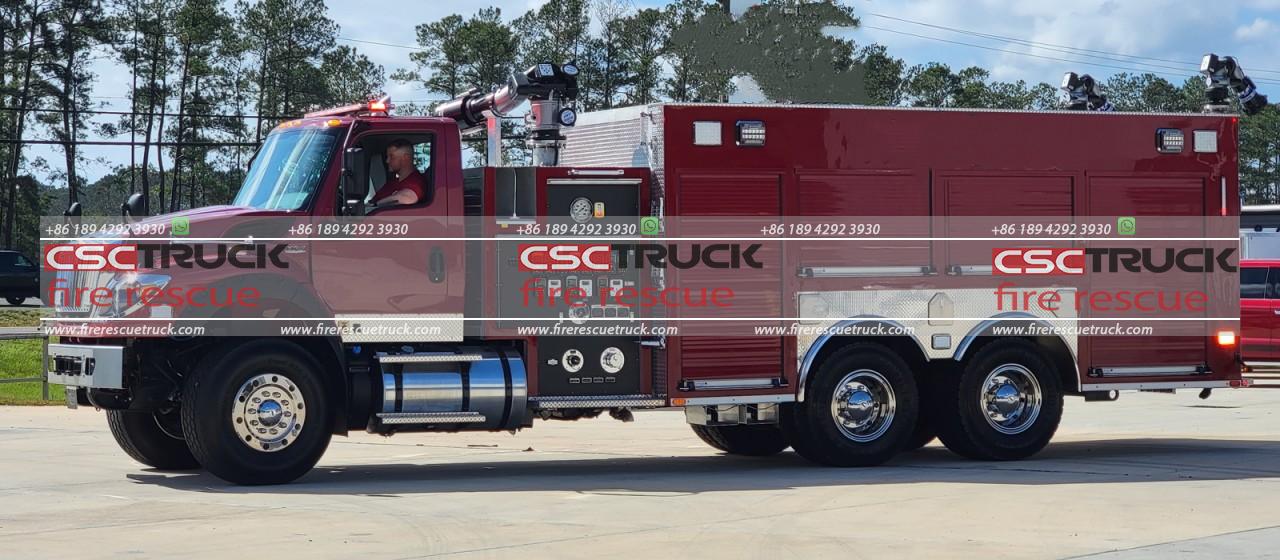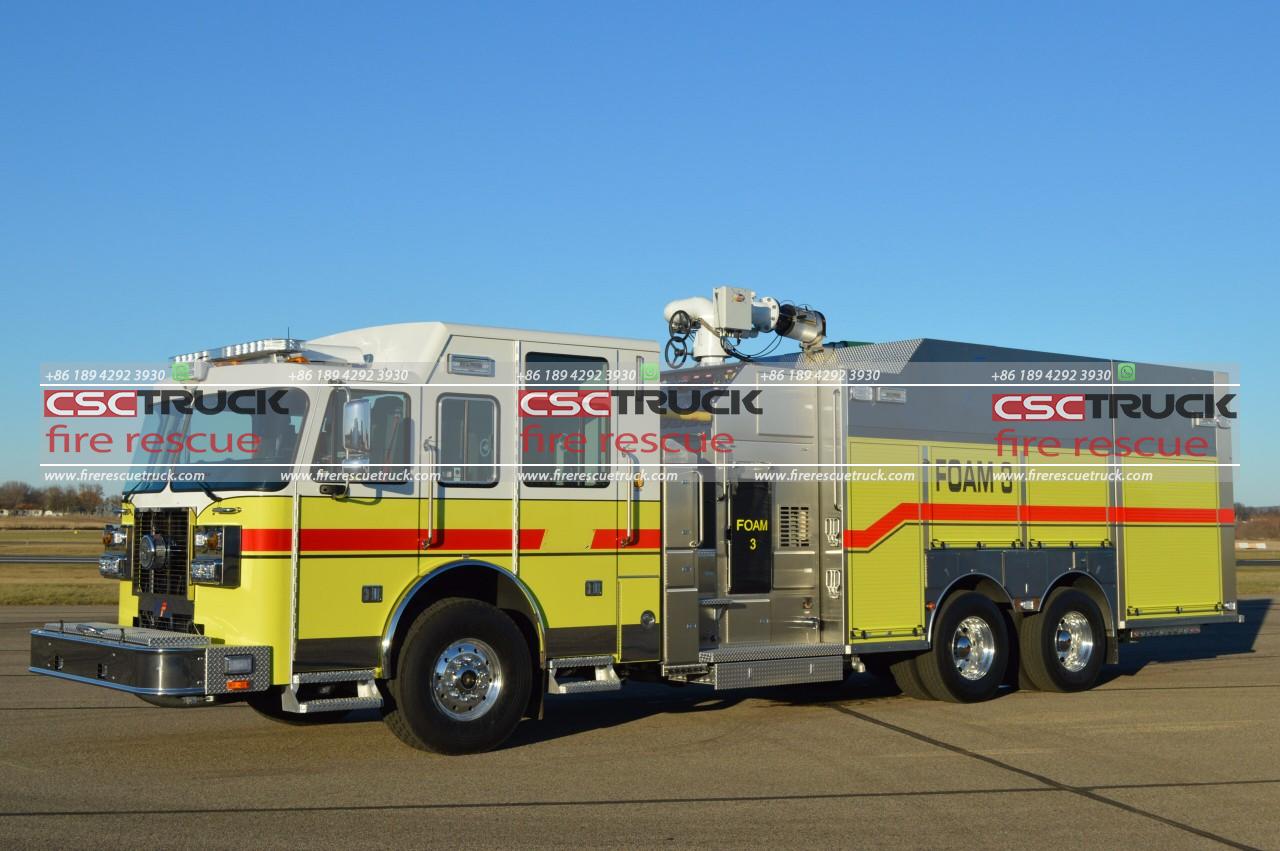Introduction
When it comes to firefighting and fire suppression, foam fire trucks play a crucial role in ensuring the safety of lives and property. These specialized vehicles are designed to handle fires involving flammable liquids, including oil, gasoline, and chemicals. Foam fire trucks are equipped with advanced firefighting systems that allow for the efficient and effective control of fires by using foam as a suppressant. In this article, we will explore the functions and applications of foam fire trucks in fire suppression.
Functions of Foam Fire Trucks
1. Foam Generation
One of the primary functions of a foam fire truck is the generation of firefighting foam. The vehicle is equipped with a foam proportioning system that mixes water with a foam concentrate to create the foam agent. The foam agent is then delivered through hoses and nozzles to the fire site. Foam has excellent fire suppression properties, as it forms a thick blanket over the burning material, smothering the flames and preventing re-ignition.
2. Fire Suppression
Foam fire trucks are specifically designed to suppress fires involving flammable liquids. These vehicles are equipped with high-capacity pumps that can deliver a large volume of water and foam agent to the fire scene. The foam is discharged onto the burning liquid, creating a foam blanket that extinguishes the fire rapidly. This method of fire suppression is highly effective in preventing the spread of flames and minimizing damage to surrounding structures.
3. Cooling and Vapor Suppression
In addition to extinguishing the fire, foam fire trucks also play a crucial role in cooling down the heated surfaces and suppressing vapors. When a flammable liquid catches fire, it releases flammable vapors that can ignite and cause explosions. By applying foam onto the liquid surface, the foam fire truck cools down the temperature and prevents the release of vapors, reducing the risk of further ignition.

4. Protection of Personnel
Foam fire trucks are equipped with various safety features to ensure the protection of firefighting personnel. These vehicles often have enclosed cabins with air conditioning systems, providing a comfortable working environment for firefighters. Additionally, foam fire trucks are designed with a high level of maneuverability, allowing them to access fire scenes quickly and effectively. The vehicles also carry an ample supply of foam concentrate and water, ensuring an uninterrupted firefighting operation.
Applications of Foam Fire Trucks
1. Industrial Fires
Foam fire trucks are commonly used in industrial settings where the risk of flammable liquid fires is high. Industries such as oil refineries, chemical plants, and manufacturing facilities deal with large quantities of flammable substances. In the event of a fire, foam fire trucks are deployed to quickly suppress the flames and prevent catastrophic incidents.
2. Aircraft Rescue and Firefighting (ARFF)
Airports around the world rely on foam fire trucks for aircraft rescue and firefighting operations. These vehicles are equipped with specialized firefighting systems capable of delivering foam at high discharge rates. In the event of an aircraft emergency, foam fire trucks are dispatched to the scene to suppress the fire, evacuate passengers, and ensure the safety of airport personnel.
3. Hazardous Materials Incidents
Foam fire trucks are crucial in handling hazardous materials incidents, such as spills or leaks involving flammable or corrosive substances. These vehicles are equipped with the necessary tools and equipment to contain and control hazardous materials safely. Foam is used to suppress vapors, prevent ignition, and mitigate the risks associated with the release of hazardous substances.

4. Municipal Firefighting
Foam fire trucks also play a vital role in municipal firefighting operations. While their primary function is to suppress fires involving flammable liquids, these vehicles are versatile and can be used in various scenarios. They can provide water-based firefighting capabilities, including pumping water from hydrants and delivering it to the fire scene. Foam fire trucks can also be used in structural firefighting, providing an additional layer of protection when dealing with fires in buildings or residential areas.


5. Wildland Fires
Although foam fire trucks are primarily designed for flammable liquid fires, they can also be utilized in wildland firefighting. In certain situations, such as fires in remote areas or where flammable liquids are present, foam can be an effective tool for fire suppression. Foam fire trucks equipped with foam systems can help create firebreaks and control the spread of wildfires.
6. Training Exercises
Foam fire trucks are often used in training exercises for firefighters. These vehicles allow trainees to practice firefighting techniques and learn how to effectively use foam as a fire suppressant. Training exercises using foam fire trucks can simulate real-life fire scenarios, providing valuable hands-on experience and enhancing the skills of firefighting personnel.

Conclusion
Foam fire trucks are specialized vehicles designed to combat fires involving flammable liquids. With their ability to generate foam, these trucks are effective in suppressing fires, cooling down surfaces, and preventing the release of flammable vapors. They play a critical role in industrial settings, airports, hazardous materials incidents, municipal firefighting, wildland fires, and training exercises.
The functions and applications of foam fire trucks demonstrate their versatility and importance in fire suppression. These vehicles provide essential tools and capabilities to firefighters, enabling them to effectively control and extinguish fires in challenging situations. With ongoing advancements in technology and firefighting techniques, foam fire trucks continue to evolve and improve, ensuring the safety of lives and property in fire emergencies.








